Equipment
Bulking and ball testing: How Bridgestone works with Bryson to dial in his game with the Tour BX
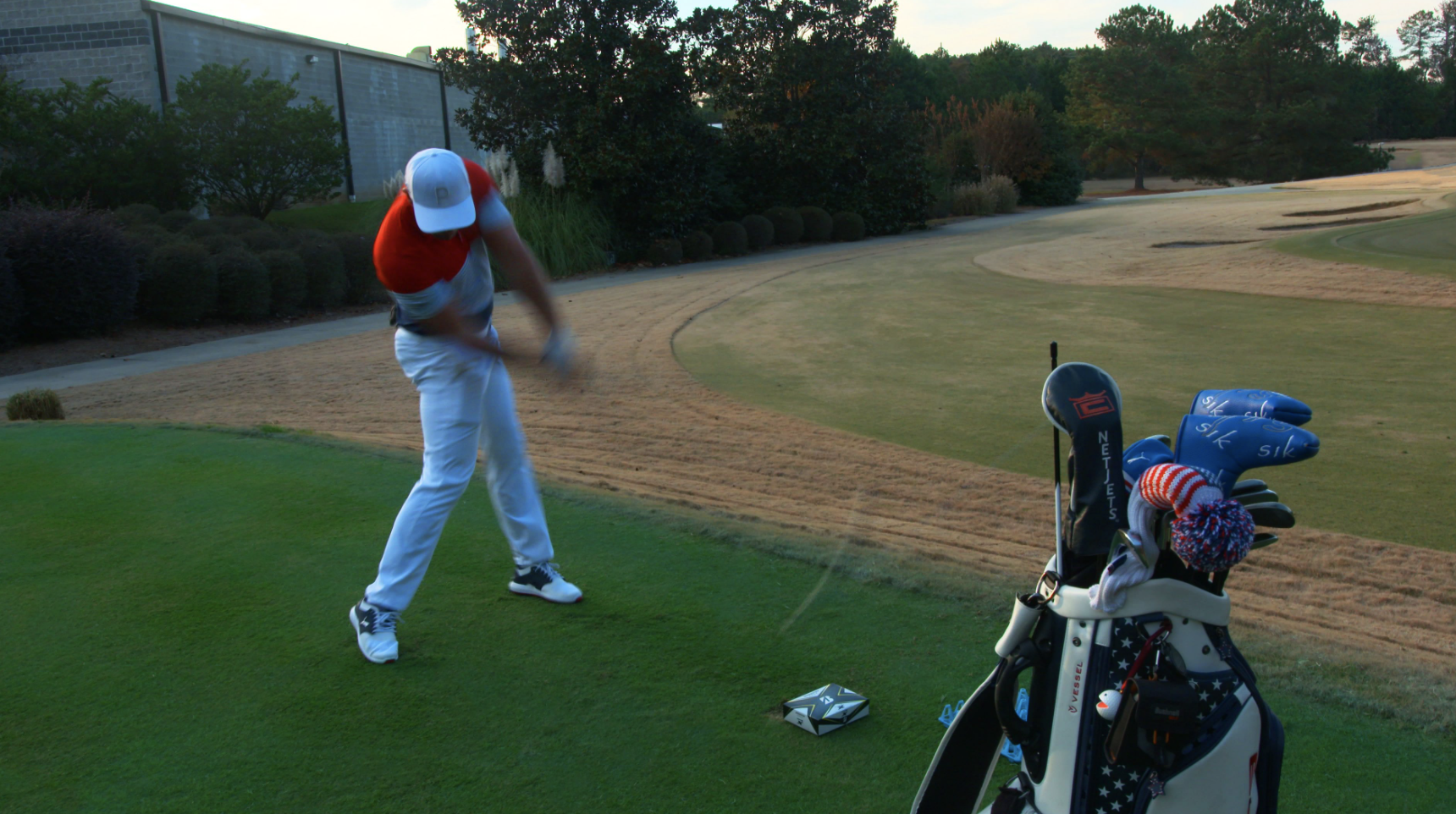
In the world of golf right now, everything “Bryson DeChambeau” has become a big topic of conversation—pun fully intended. From his remarkable body transformation to his new diet, to his personality, and now his driving distance—which has helped turn him into the hottest golfer on the planet—he is single-handedly changing the game.
Bryson has established himself as one of the most thorough tinkerers golf has ever seen, and with these newfound changes to his game, we wanted to reach out to Bridgestone Golf to find out about the Golf Scientist’s ball testing process and what type of changes they have seen with his game over the last nine months.
I had the chance to speak with Elliot Mellow, Bridgestone Golf’s Marketing Manager, about Bryson’s process and how the Tour BX ball has been able to help him along the way.
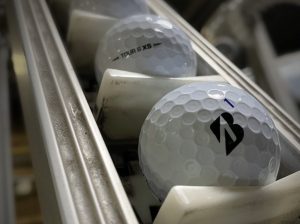
RB: How has working with Bryson changed since when he originally joined team Bridgestone, and specifically over the last 9 months as his game has changed so quickly?
EM: Ever since we started working with Bryson, he has always wanted to be at the forefront of optimization throughout his golf bag, and that has meant making sure the golf ball he is using offers him the most control from his driver to his wedges. When he first came to us his swing speed with a driver hovered around 124 mph and the ball he used was the B330S which offered a bit more spin through the bag and the control that he wanted.
Beyond the physical change, he has changed a lot about his golf clubs over the last year too, but the one thing that has remained constant is his use of the Tour BX since we first introduced it, and now the new Tour BX with Reactiv Cover that he started using around Thanksgiving 2019 before the Presidents Cup. The reason for the change is thanks in part to his new 134mph driver swing speed he has no problem creating spin, and with his driver dynamics, he wanted to gain extra spin reduction to help him hit it straighter. The firmers Tour BX gives him extra control with his driver while still providing maximum short game control.
RB: How does Bryson’s testing process compared to other players you work with?
EM: Bryson is very unique in that he is willing to test almost anywhere. A lot of players like to test strictly at home during breaks while not in “competition mode,” but we have worked with Bryson on tour, at his home course, and at our testing facility in Covington, Georgia.
Bryson understands that playing conditions are going to vary week to week, and he likes to know that regardless of where he is playing he can have confidence his ball will do what he wants when he wants it. Still, our most in-depth testing sessions always occur at our test facility since we have access to all of our equipment and prototypes to dial him in. He also loves to provide feedback on other products in the line that are going through various prototype stages, even if they aren’t geared towards his game just to see how they work and react—Bryson is not afraid to experiment.

RB: Who drives the testing process? Bryson asking for tweaks during a ball’s prototyping stages or engineers presenting a number of options along the way?
EM: The fun part about testing is that it’s a two-way street. Our engineers are always working on new prototypes, and thanks to robot testing and modeling we can fine-tune the expected performance variables before putting them into a player’s hand. The other side of that is we still need and rely on player feedback because its humans that play golf, not robots.
Having golfers like Bryson, Tiger, and Lexi Thompson on our team help us get valuable feedback on how different balls feel and react to there games and now with Bryson, he is able to hit a golf ball at speeds none of our other players generate on a consistent basis. What’s been interesting for us to continue to watch is how he is controlling his irons and wedges into greens and just how high he is hitting it – speed creates higher launch and spin and being able to gain extra control with his Tour BX is certainly part of that equation.
RB: Ok, let’s switch gears here. How does someone who swings their driver at 134 mph translate to the average golfer that might only swing their driver between 95-100 mph? I mean we’d all love to drive the ball 300 yards but in reality, that’s not going to happen for most recreational golfers.
EM: That’s a great question, and its something we think about with every ball we develop.
It’s similar to the concept car model – we experiment and develop for the extreme and then thanks to advancements on the higher level, even down to something chemical like Reactiv Urethane, that technology ends up in all of our products targeted to different golfers of varying skill and swing speed. Thanks to the properties of that cover material we have seen golfers of all swing speeds gain ball speed without sacrificing short game spin and control.
The one thing that we continue to be at the forefront of is core design and our gradational core helps create higher initial balls speeds and lower spin. It gets softer towards the middle and becomes higher compression as you get closer to the cover allowing it to react very differently depending on how it’s struck – the ball will naturally compress more for clubs with lower lofts and at higher speeds compared to slower speed shots hit with a more of a glancing blow. We change these core dynamics throughout our product line up to once again suit the target player.
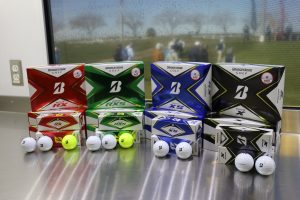
RB: So just like with clubs, the same driver can work for different golfers once you dial in specs, except for with a ball it’s about finding the right model to offer performance from the top to the bottom of your set since you have to use it for every shot?
EM: Exactly!
RB: As always Elliot, I really appreciate your time.
EM: Thanks, Ryan.
- LIKE36
- LEGIT6
- WOW2
- LOL2
- IDHT0
- FLOP2
- OB2
- SHANK8
Whats in the Bag
Kevin Streelman WITB 2024 (April)
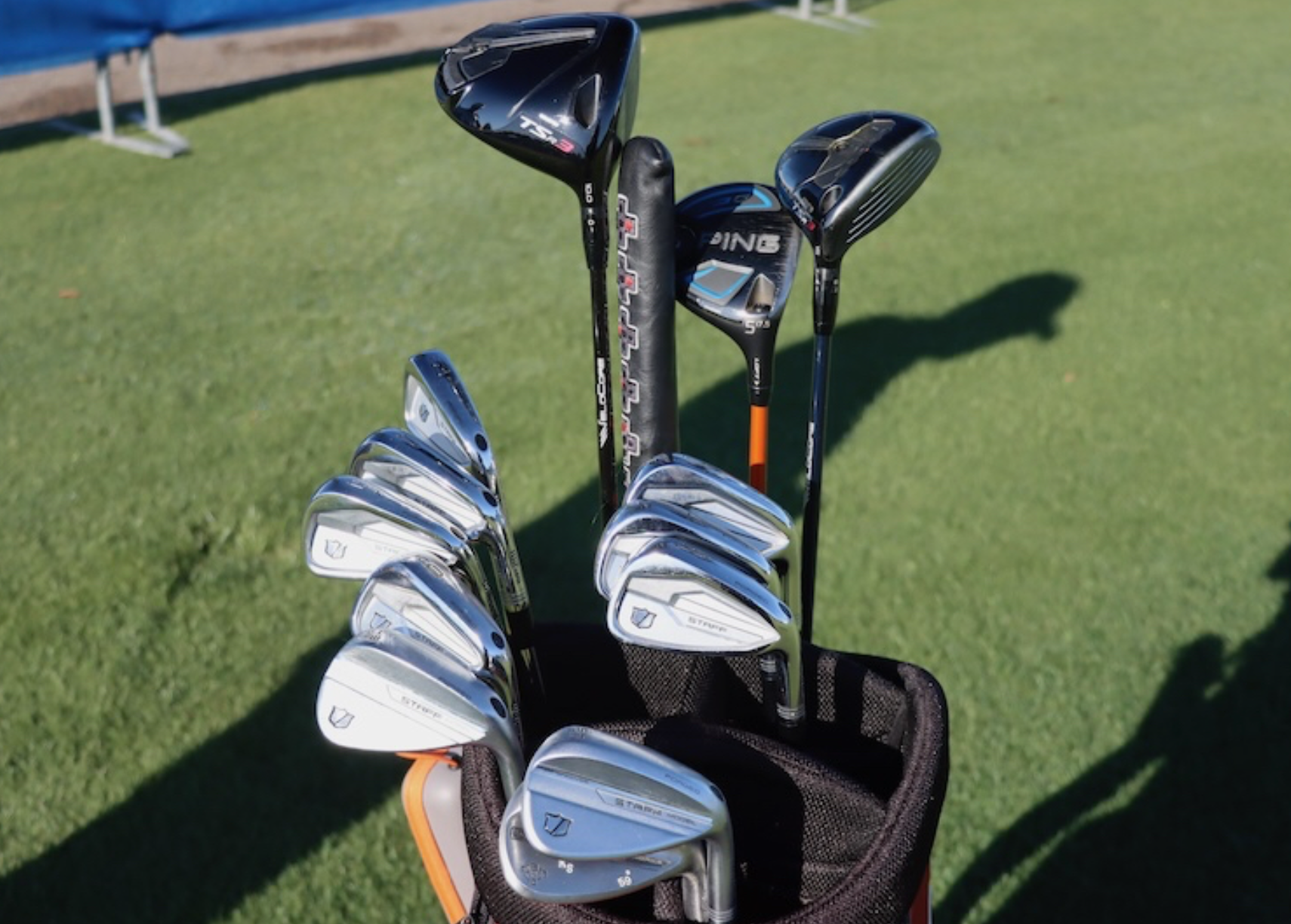
- Kevin Streelman what’s in the bag accurate as of the Zurich Classic.
Driver: Titleist TSR3 (10 degrees, D1 SureFit setting)
Shaft: Fujikura Ventus TR Black 6 X
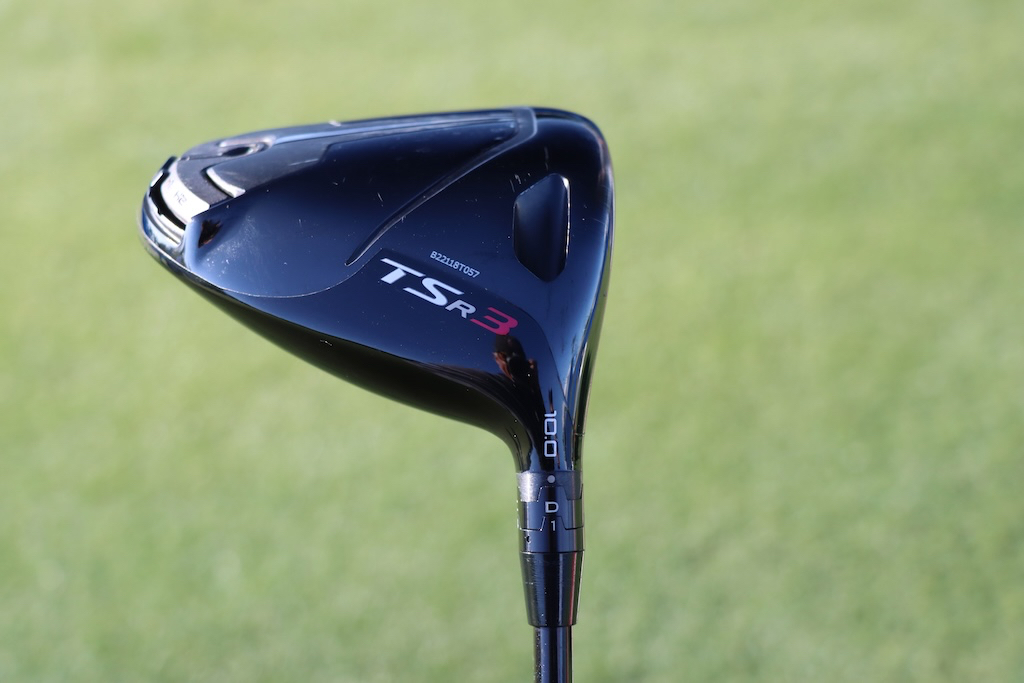
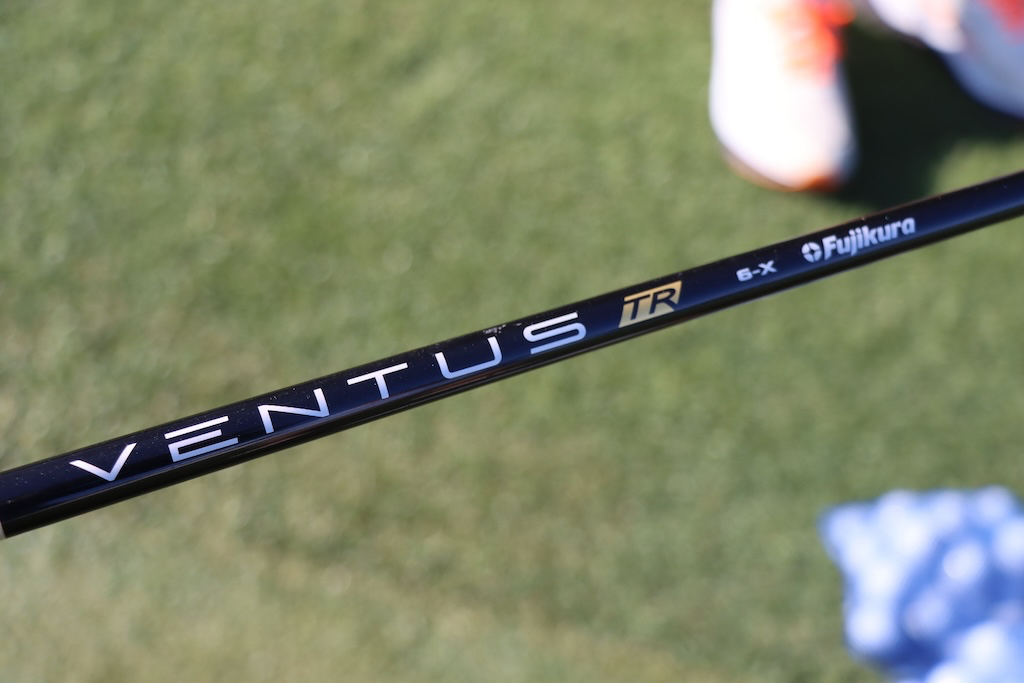
3-wood: Titleist TSR3 (15 degrees, A1 SureFit setting)
Shaft: Fujikura Ventus Blue 8 X
5-wood: Ping G (17.5 degrees)
Shaft: Graphite Design Tour AD DI 10 X
Irons: Wilson Staff Model CB (4-9)
Shafts: Project X 6.5
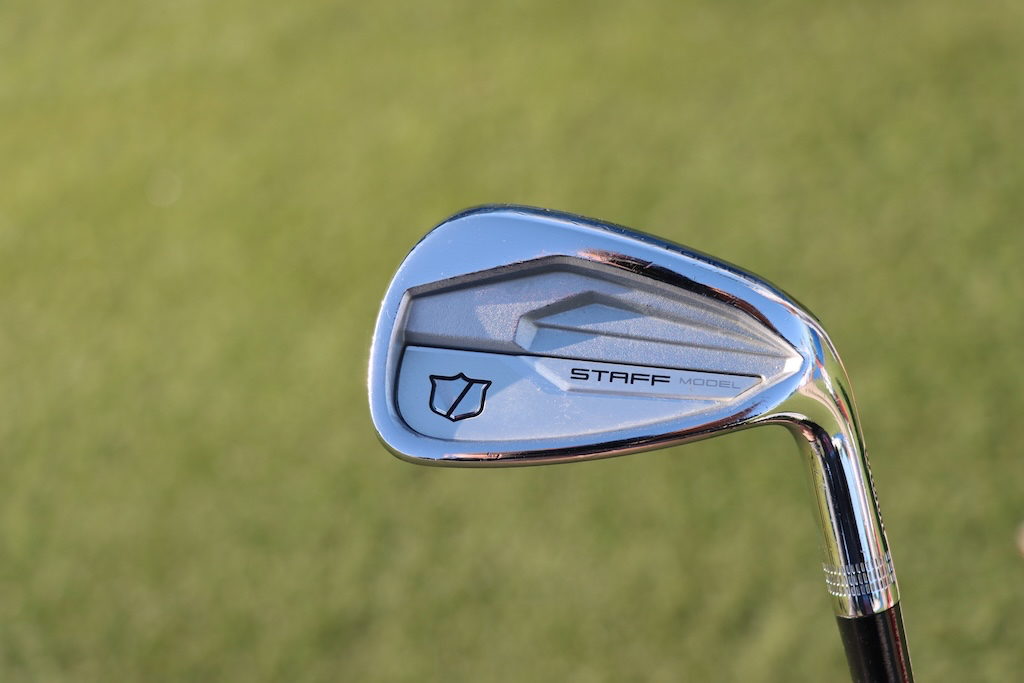
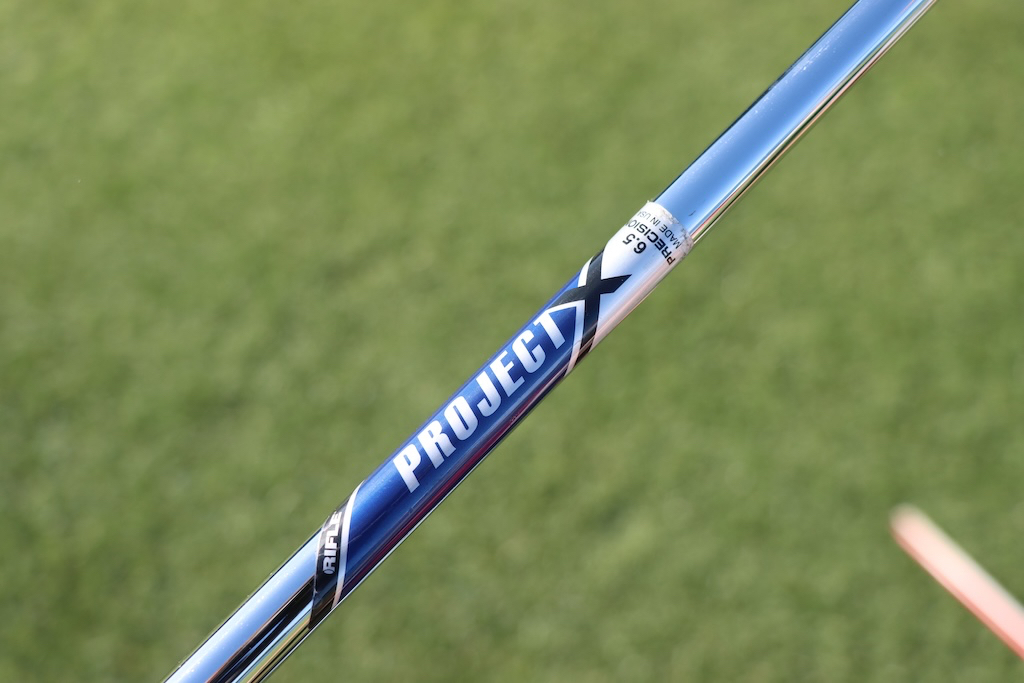
Wedges: Wilson Staff Model (48-08, 54-08), Titleist Vokey Design WedgeWorks (58-L @59)
Shafts: Project X 6.5 (48), True Temper Dynamic Gold Tour Issue S400 (54, 58)
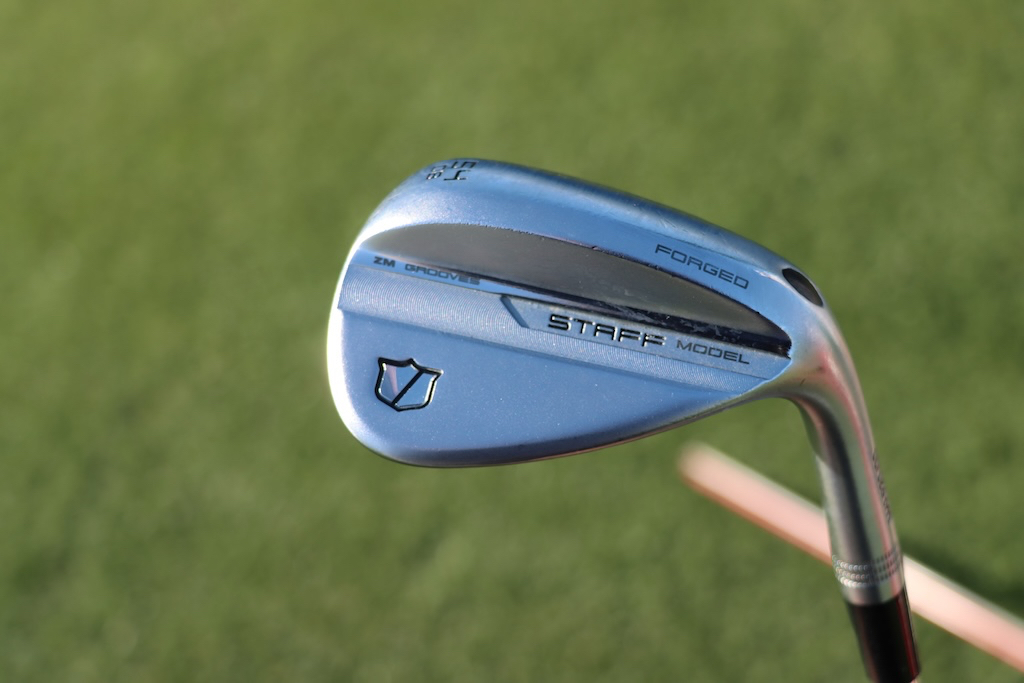
Putter: Scotty Cameron TourType SSS TG6
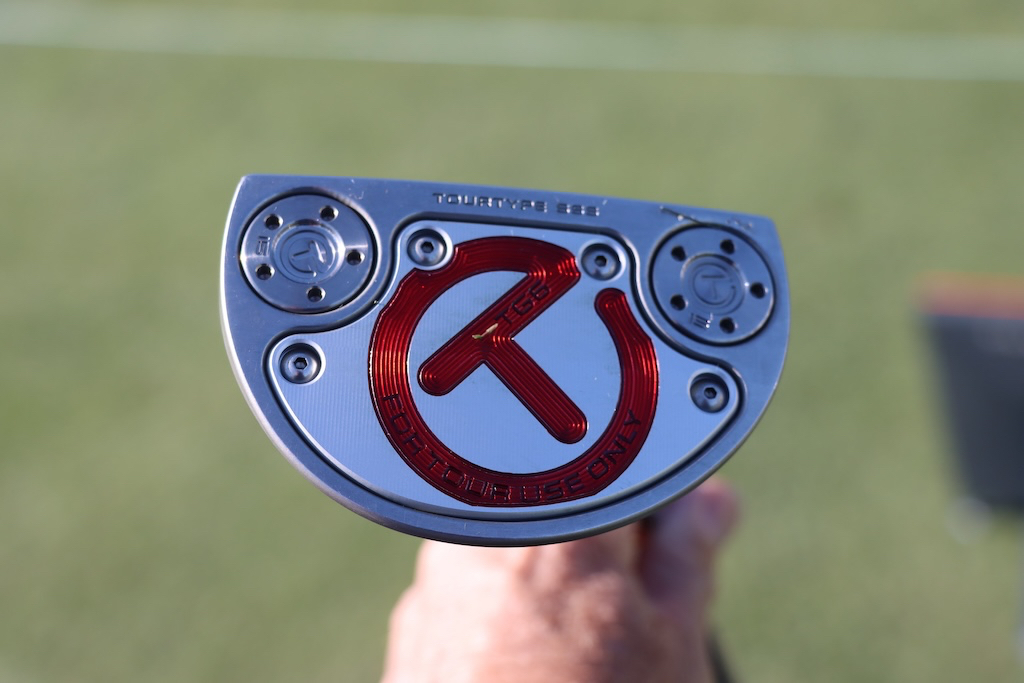
Grips: Golf Pride Tour Velvet
Ball: Titleist Pro V1x
Check out more in-hand photos of Kevin Streelman’s clubs here.
- LIKE2
- LEGIT0
- WOW0
- LOL1
- IDHT0
- FLOP0
- OB0
- SHANK0
Equipment
Choose Your Driver: Which 2012 driver was your favorite?
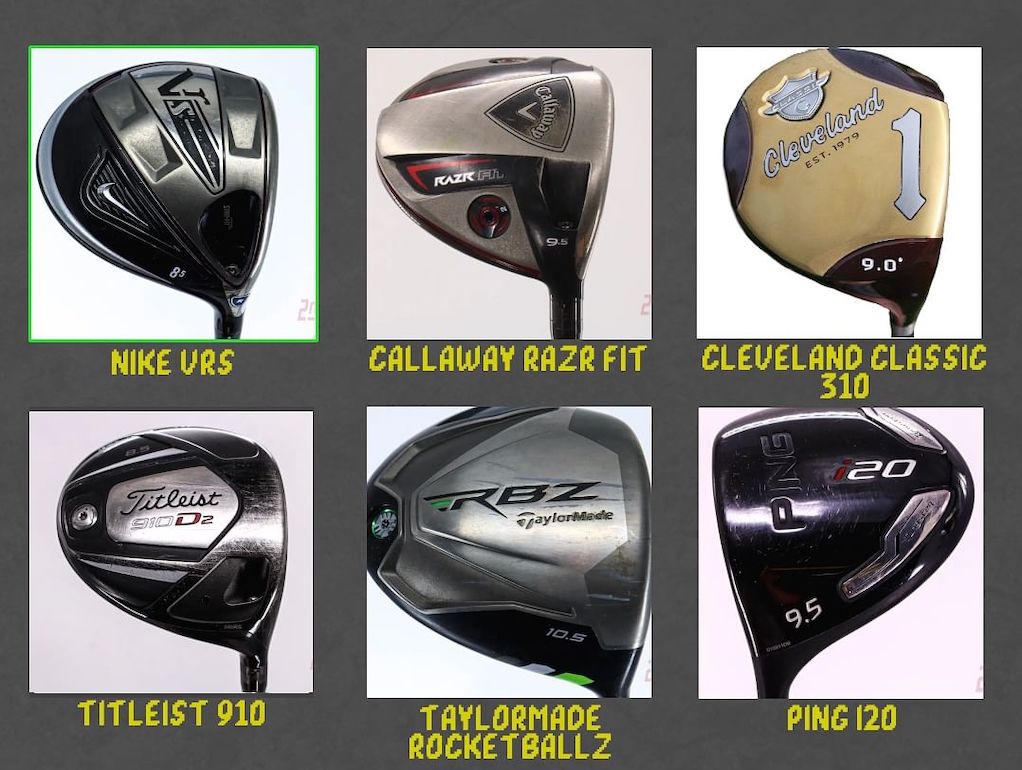
The year was 2012. Gangnam Style ruled supreme, its infectious beats and ludicrous horse-riding dance moves hypnotizing us with their stupidity. Everyone was talking about the Mayan calendar, convinced that the end of days was near. Superheroes soared on the silver screen, with the Avengers assembling in epic fashion. Katniss Everdeen survived The Hunger Games. And the memes! The memes abounded. Grumpy Cat triumphed. We kept calm and carried on.
In much the same way that automotive enthusiasts love classic cars, we at GolfWRX love taking a backward glance at some of the iconic designs of years past. Heck, we love taking iconic designs to the tee box in the present!
In that spirit, GolfWRX has been running a series inspired by arguably the greatest fighting game franchise of all time: Mortal Kombat. It’s not “choose your fighter” but rather “choose your driver.”
Check out some of the standout combatants of 2012 below.
View this post on Instagram
Nike VRS
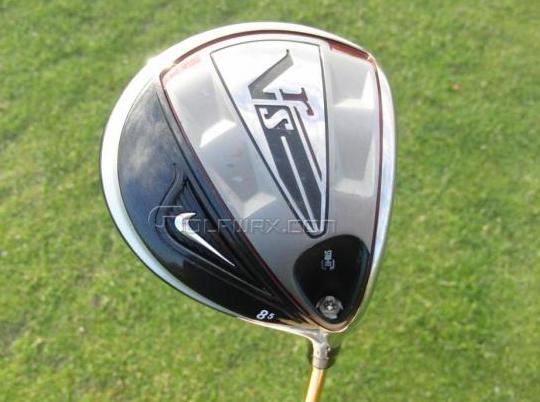
Often harshly critiqued during its years releasing golf equipment (right, Phil Mickelson?), Nike’s tenure in the club-and-ball business gets a gloss of nostalgic varnish, with many of its iron and putter designs continuing to attract admirers. Among the company’s driver offerings, the 2012 VRS — or VR_S, if you will — drew high marks for its shaping and toned-down appearance. The multi-thickness, NexCOR face was no joke either.
Check out our coverage from 2012 here.
Callaway RAZR Fit
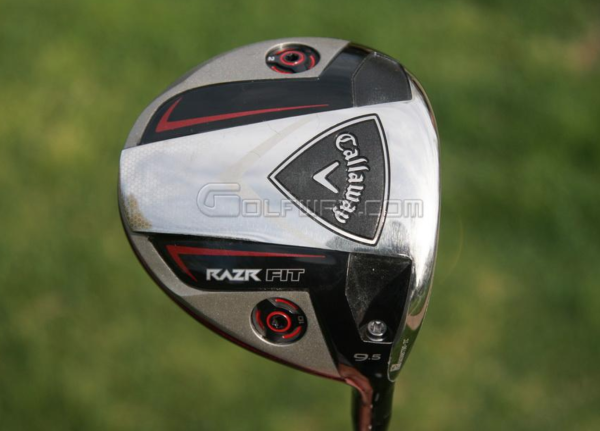
Callaway’s first foray into moveable weight technology (married with its OptiFit hosel) did not disappoint. With a carbon fiber crown, aerodynamic attention to detail, and variable and hyperbolic face technologies, this club foreshadowed the tech-loaded, “story in every surface” Callaway drivers of the present, AI-informed design age.
Check out our coverage from 2012 here.
Cleveland Classic 310
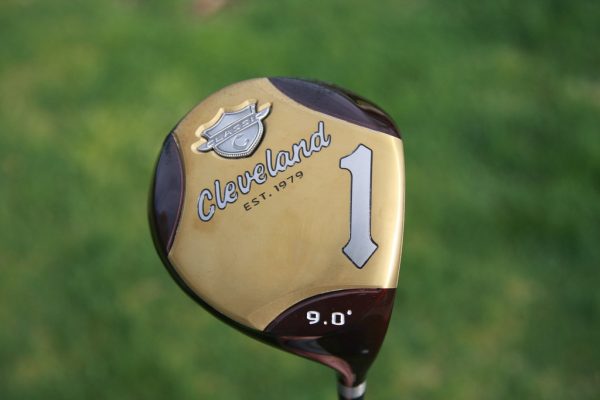
Truly a design that came out of left field. Cleveland said, “Give me a persimmon driver, but make it titanium…in 460cc.” Our 2012 reviewer, JokerUsn wrote, “I don’t need to elaborate on all the aesthetics of this club. You’ve seen tons of pics. You’ve all probably seen a bunch in the store and held them up close and gotten drool on them. From a playing perspective, the color is not distracting. It’s dark enough to stay unobtrusive in bright sunlight…Even my playing partners, who aren’t into clubs at all…commented on it saying it looks cool.” Long live!
Check out our coverage from 2012 here.
Titleist 910
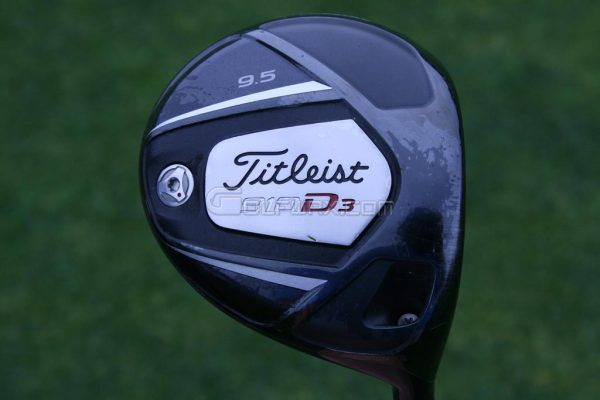
While there’s no disputing Titleist’s “Titleist Speed” era of drivers perform better than its 2010s offerings, sentimentality abounds, and there was something classically Titleist about these clubs, right down to the alignment aid, and the look is somewhere between 983 times and the present TS age. Representing a resurgence after a disappointing stretch of offerings (907, 909), The 910D2 was a fairly broadly appealing driver with its classic look at address and classic Titleist face shape.
Check out our coverage from 2012 here.
TaylorMade RocketBallz
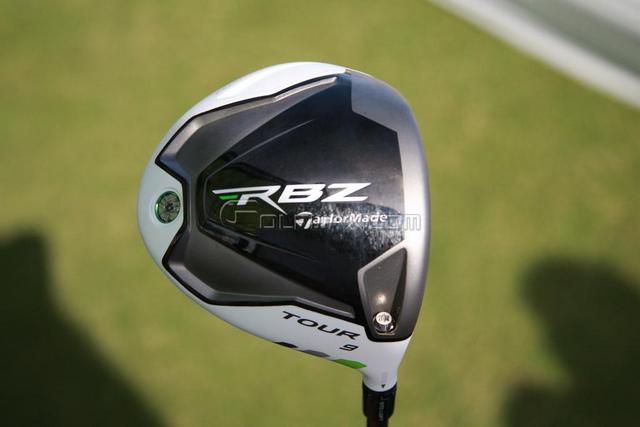
The white crown. The name. You either loved ‘em or you hated ‘em. TaylorMade’s 2012 offering from its RocketBallz Period boasted speed-enhancing aerodynamics and an Inverted Cone Technology in the club’s titanium face. Technology aside, it’s impossible to overstate what a departure from the norm a white-headed driver was in the world of golf equipment.
Check out our coverage from 2012 here.
Ping i20
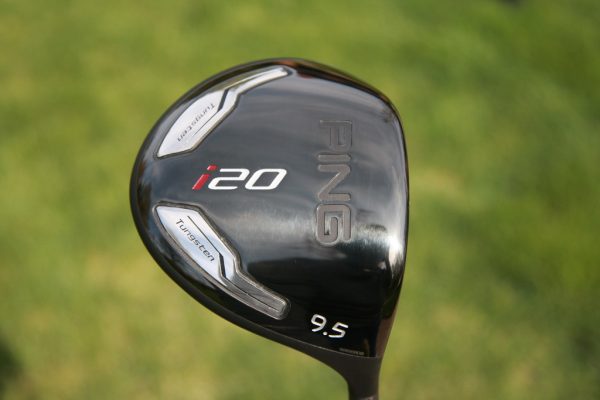
Long a quietly assertive player in the driver space, Ping’s i20 was more broadly appealing than the G20, despite being a lower-launch, lower-spin club. Ping drivers didn’t always have looks that golfer’s considered traditional or classic, but the i20 driver bucked that trend. Combining the classic look with Ping’s engineering created a driver that better players really gravitated toward. The i20 offered players lower launch and lower spin for more penetrating ball flight while the rear 20g tungsten weights kept the head stable. Sound and feel were great also, being one of the more muted driver sounds Ping had created up to that time.
Check out our coverage from 2012 here.

GolfWRXers, let us know in the comments who “your fighter” is and why!
- LIKE11
- LEGIT0
- WOW0
- LOL0
- IDHT0
- FLOP2
- OB0
- SHANK1
Equipment
Coolest thing for sale in the GolfWRX Classifieds (4/29/24): Krank Formula Fire driver with AutoFlex SF505 shaft
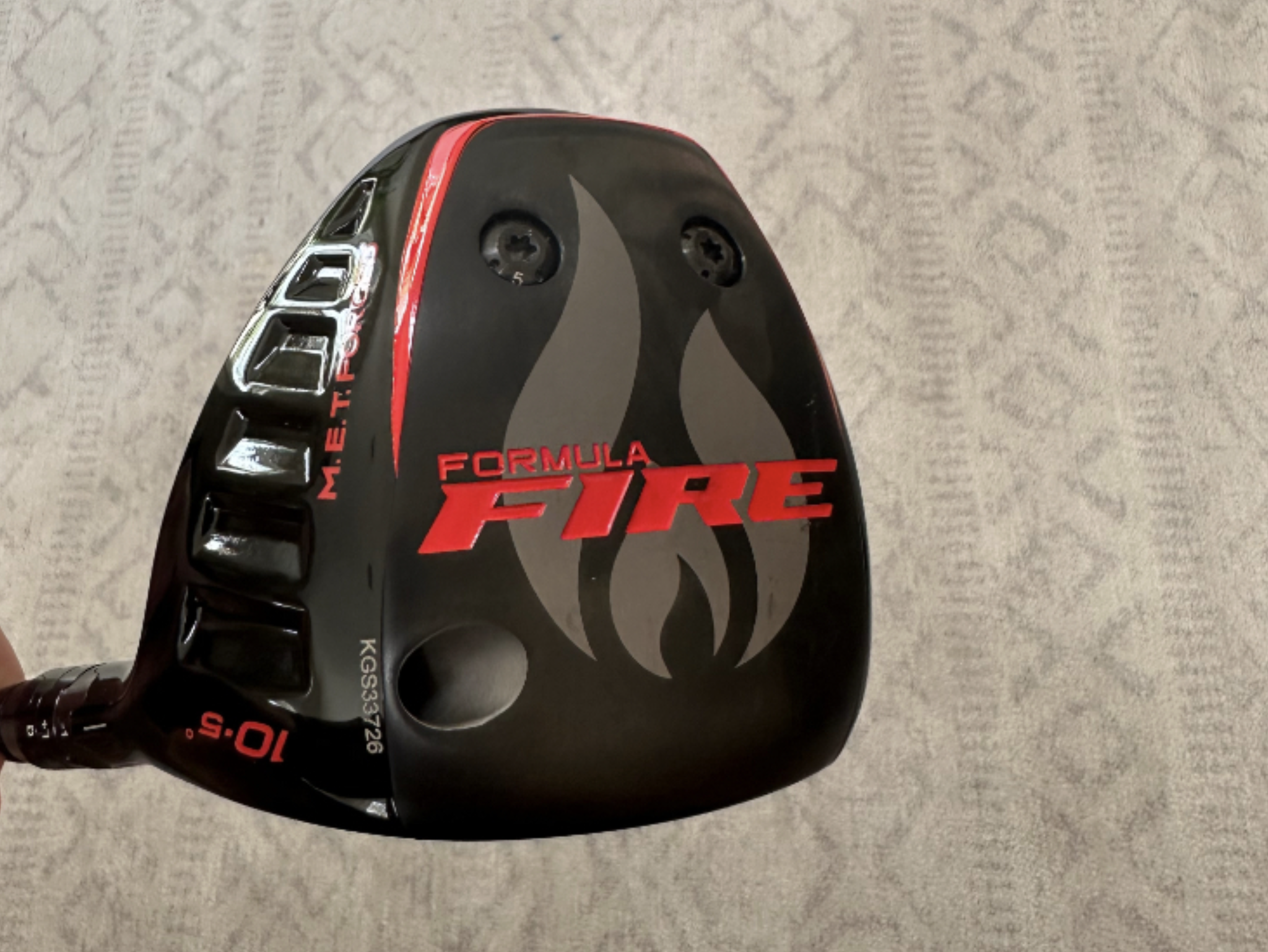
At GolfWRX, we are a community of like-minded individuals that all experience and express our enjoyment of the game in many ways.
It’s that sense of community that drives day-to-day interactions in the forums on topics that range from best driver to what marker you use to mark your ball. It even allows us to share another thing we all love – buying and selling equipment.
Currently, in our GolfWRX buy/sell/trade (BST) forum, there is a listing for a Krank Formula fire driver with AutoFlex SF505 shaft.
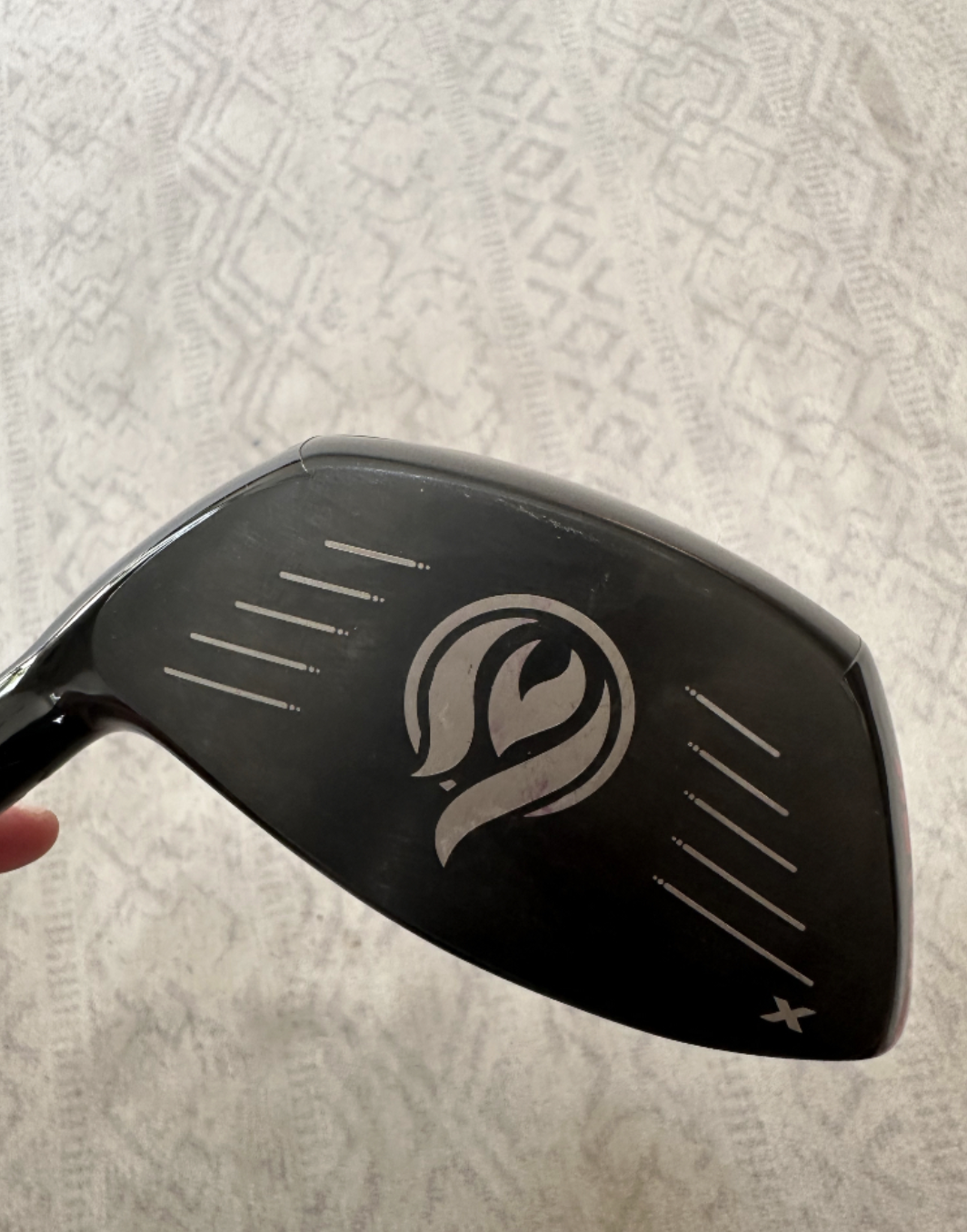
From the seller: (@well01): “Krank formula fire 10.5 degree with AUtoflex SF505. $560 shipped.”
To check out the full listing in our BST forum, head through the link: Krank Formula Fire driver with AutoFlex SF505 shaft
This is the most impressive current listing from the GolfWRX BST, and if you are curious about the rules to participate in the BST Forum you can check them out here: GolfWRX BST Rules
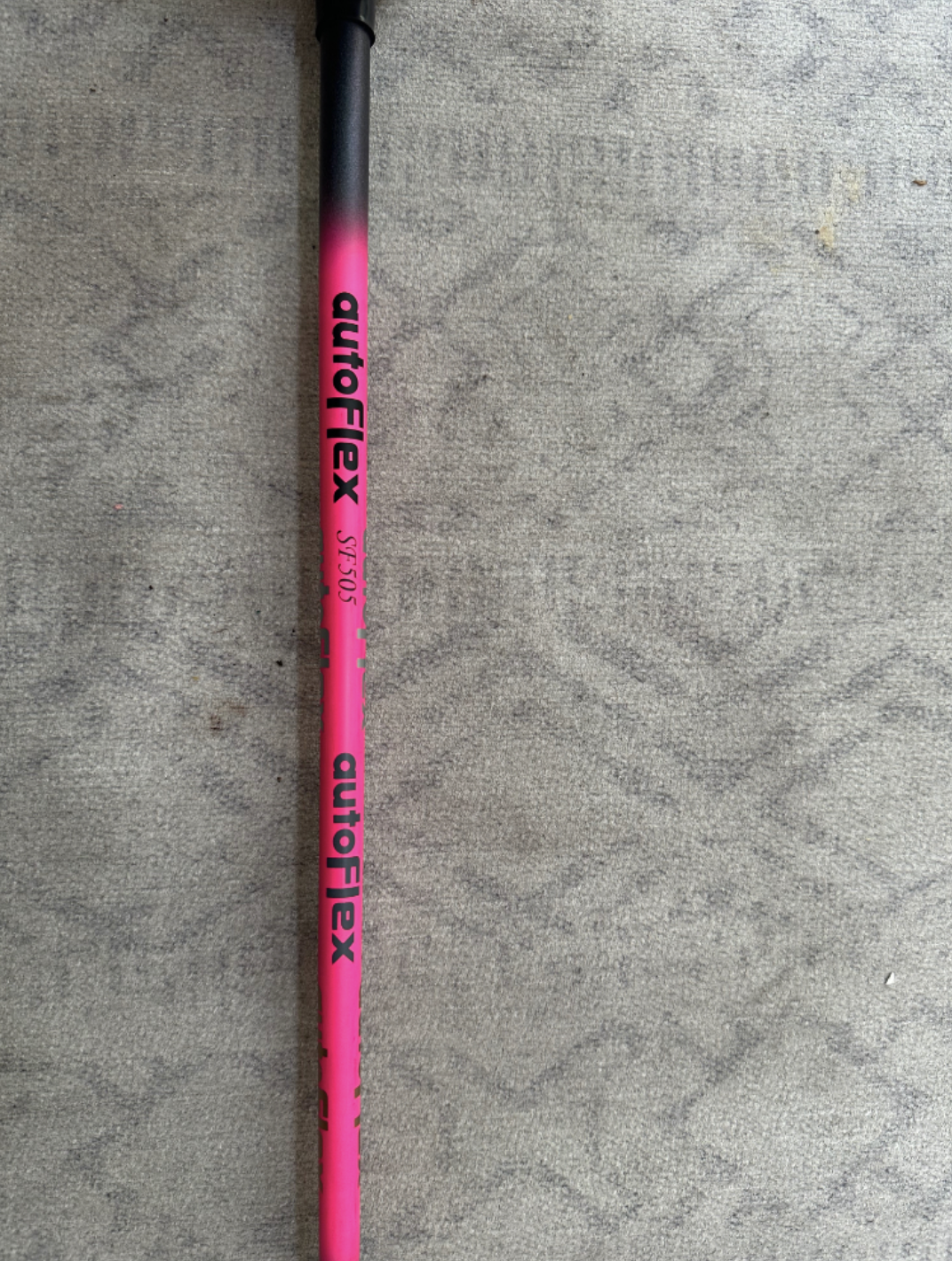
- LIKE8
- LEGIT2
- WOW0
- LOL0
- IDHT0
- FLOP1
- OB0
- SHANK0
-

 19th Hole3 weeks ago
19th Hole3 weeks agoDave Portnoy places monstrous outright bet for the 2024 Masters
-

 19th Hole1 week ago
19th Hole1 week agoJustin Thomas on the equipment choice of Scottie Scheffler that he thinks is ‘weird’
-

 19th Hole3 weeks ago
19th Hole3 weeks agoTiger Woods arrives at 2024 Masters equipped with a putter that may surprise you
-

 19th Hole1 week ago
19th Hole1 week ago‘Absolutely crazy’ – Major champ lays into Patrick Cantlay over his decision on final hole of RBC Heritage
-

 19th Hole2 weeks ago
19th Hole2 weeks agoTwo star names reportedly blanked Jon Rahm all week at the Masters
-

 19th Hole2 weeks ago
19th Hole2 weeks agoReport: LIV Golf identifies latest star name they hope to sign to breakaway tour
-

 19th Hole2 weeks ago
19th Hole2 weeks agoNeal Shipley presser ends in awkward fashion after reporter claims Tiger handed him note on 8th fairway
-

 19th Hole2 weeks ago
19th Hole2 weeks agoBrandel Chamblee has ‘no doubt’ who started the McIlroy/LIV rumor and why











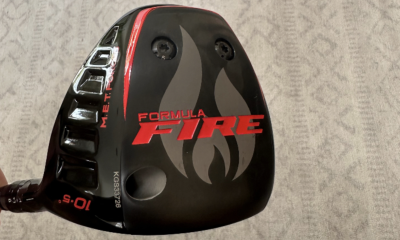












STcards
Jul 15, 2020 at 3:53 pm
He has an odd approach to the weight gain. I’m a current trainer for an sports weight room. He is adopting the O-line method of just going for strength. Eat a Ton workout out limit cardio.
I guess a golfer doesn’t need cardio, but its still surprising. Rory and tiger have used an “nba” strength plus cardio and guys like dj have done primarily elasticity training.
A side note like O line this creates great strength from the ground to transfer upwards. Never thought Id see this adopted by a golfer, I guess I dont see drawbacks other then its not exactly healthy. We warn O Line of this and most drop considerable weight after retiring